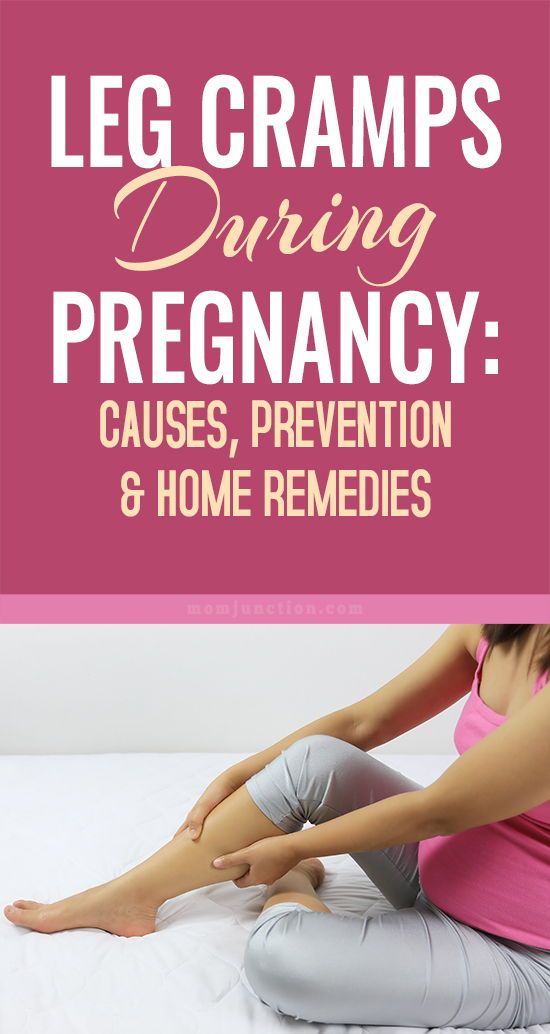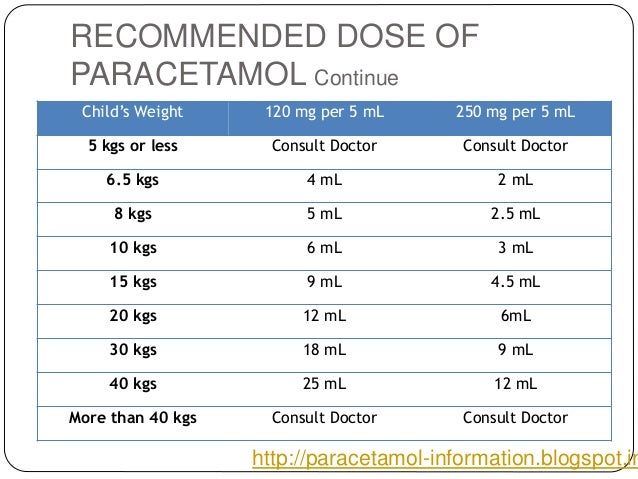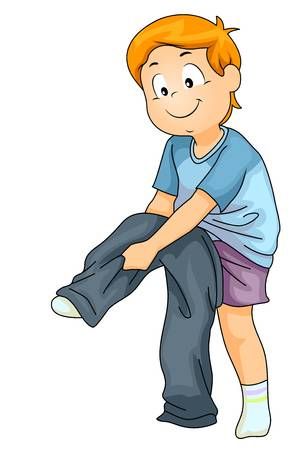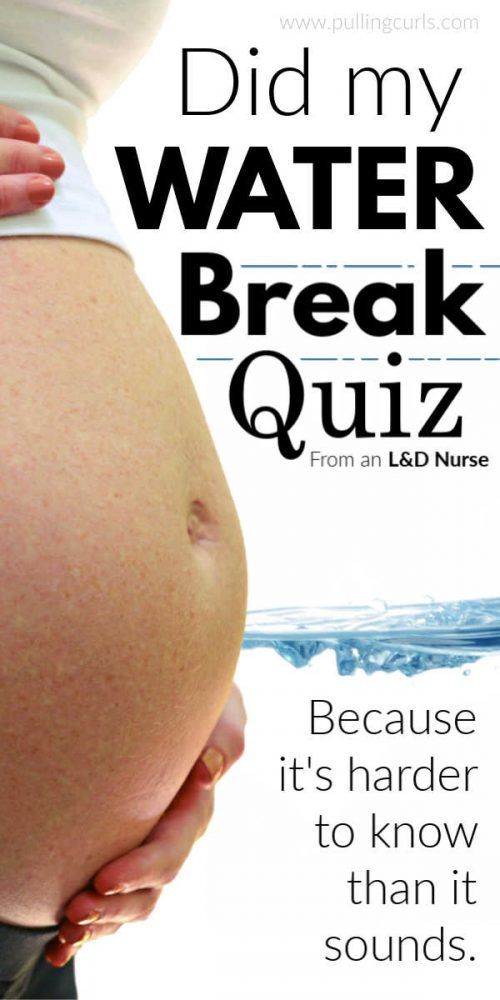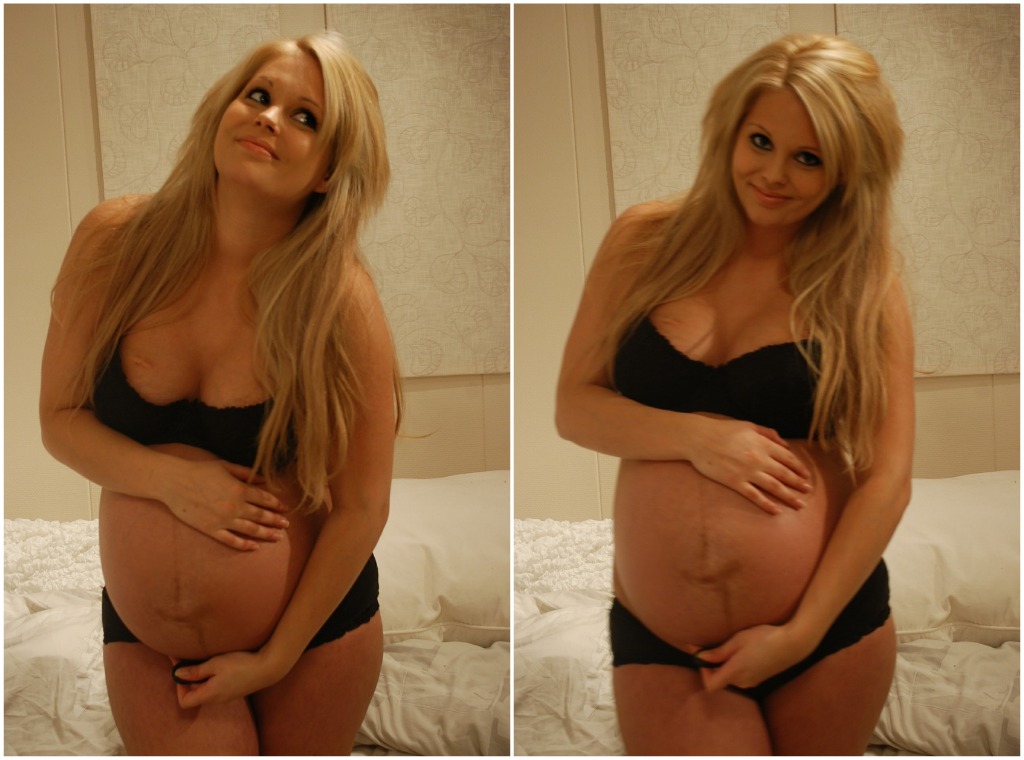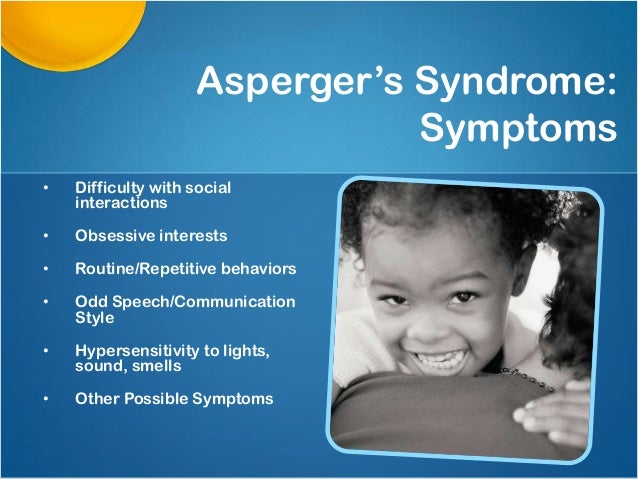Leg cramps pregnancy relief
Treatment, Home Remedies, and Prevention
Pregnancy isn’t always a cakewalk. Sure, we hear how beautiful it is (and it is!), but your first months may have been filled with morning sickness and heartburn. And just when you think you’re out of the woods, leg cramps come along.
Leg cramps are a common pregnancy symptom that usually occurs in the second and third trimester. In fact, nearly half of all pregnant women report muscle spasms by the third trimester.
You may experience these cramps mainly at night — just when you’d like to get the sleep you’re probably craving — and feel tightness in your calf, foot, or both areas. Some women also experience them after sitting in one position for an extended amount of time.
It may not be possible to entirely prevent leg cramps. But preventative and relief measures like stretching, staying active, and drinking plenty of water may help ease your symptoms and get your mind back on the true joys of pregnancy.
Let’s start by talking about what causes these cramps, because knowledge is power when it comes to getting relief.
Circulation changes
During pregnancy, circulation slows — this is totally normal and not a reason to worry. It’s due in part to overactive hormones. (You probably know by now that hormones are gifts that keep on giving for the whole 40 weeks — and beyond.)
During later trimesters, your body also experiences an increase in blood volume, which also contributes to slow circulation. This can lead to swelling and cramping in your legs.
Tips for improving circulation while pregnant
- Try sleeping on your left side.
- Elevate your legs as often as possible — literally, find the time to put your feet up and relax if you can.
- At night, place a pillow under or between your legs.
- During the day, stand up and walk around every hour or two — especially if you have a job that keeps you at a desk all day.
Dehydration
Quick check: Are you drinking enough water?
During pregnancy, you’re ideally drinking 8 to 12 cups of water each day.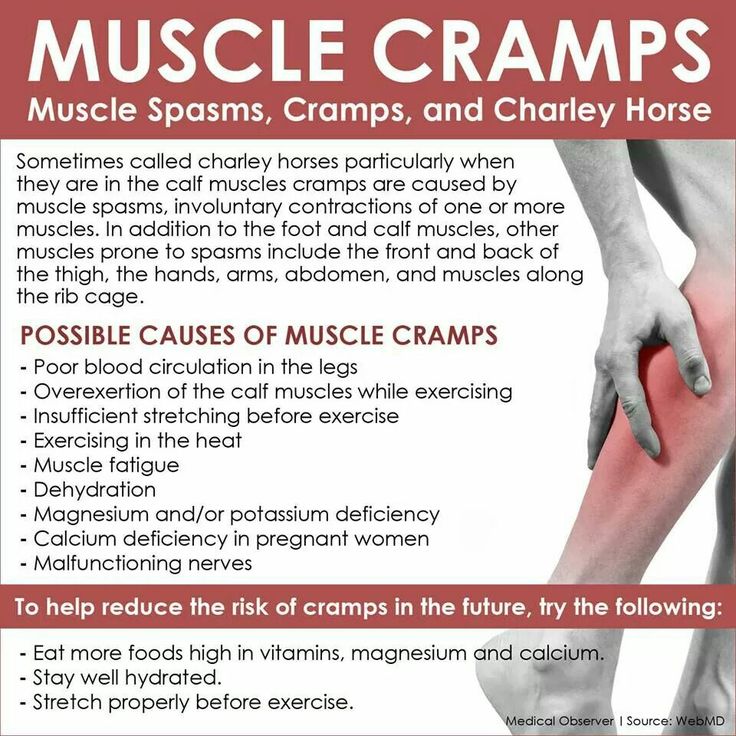 Watch out for symptoms of dehydration, like dark yellow pee (it should be clear or nearly clear).
Watch out for symptoms of dehydration, like dark yellow pee (it should be clear or nearly clear).
Dehydration can cause and worsen leg cramps. If you’re experiencing them, try upping your daily water intake.
Weight gain
The pressure from your growing baby can take a toll on your nerves and blood vessels, including the ones that go to your legs. This is why you’re more likely to experience leg cramps as your pregnancy progresses, especially in the third trimester.
Gaining a healthy amount of weight and staying active during your pregnancy may help prevent leg cramps. Talk to your healthcare provider if you’re concerned.
Fatigue
It’s the norm to feel tired during pregnancy — you’re growing a tiny human! — and this is especially true as you gain more weight in the second and third trimester. As your muscles get fatigued from the added pressure, too, it can lead to leg cramps.
Try drinking plenty of water, going for a walk during the day, and stretching before bed to prevent leg cramps due to muscle fatigue.
Calcium or magnesium deficiency
Having too little calcium or magnesium in your diet may contribute to leg cramps.
But if you already take a prenatal vitamin, you likely don’t need to take an additional supplement. A 2015 review of studies of 390 pregnant women found that taking magnesium or calcium supplements made little to no difference when it came to experiencing leg cramps.
If you’re concerned you aren’t getting enough of these nutrients, speak to your doctor. You’re probably getting labs done occasionally anyway, so it doesn’t hurt to have these levels checked.
DVT blood clot
A deep vein thrombosis (DVT) blood clot can occur in the legs, thigh, or pelvis. Pregnant women are 5 to 10 times more likely to develop a DVT than non-pregnant women. While there’s no need to panic that you’ll get one — it’s pretty uncommon to start with — we can’t say enough that knowledge is power.
Bottom line: Keep moving. We’re not talking marathons here, but the best way to prevent DVT during pregnancy is to avoid hours at a time of inactivity.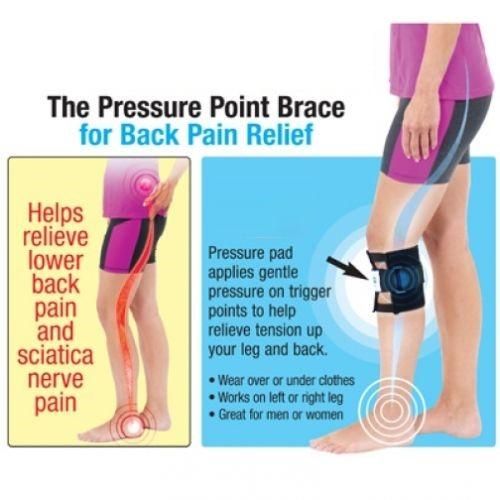
If your job requires a lot of sitting, you could set a quiet alarm on your phone to go off every hour to remind you to get up and walk — perhaps to the water cooler to add to your water intake for the day! Two birds, one stone.
Also take extra care to get up during long flights. You may want to check with your doctor before flying while pregnant.
Symptoms of a blood clot are similar to leg cramps, but a DVT blood clot is a medical emergency. Seek medical care right away if you experience symptoms like:
- a lot of pain in your legs when you’re standing or moving around
- severe swelling
- warm-to-the-touch skin near the affected area
Stretching before bed
Performing a calf stretch before getting into bed at night may help prevent or ease leg cramps. Follow these steps:
- Stand facing a wall, an arm’s length away.
- Place your hands on the wall in front of you.
- Step your right foot back. Keep your heels on the floor the whole time and bend your left knee while keeping your right leg straight.
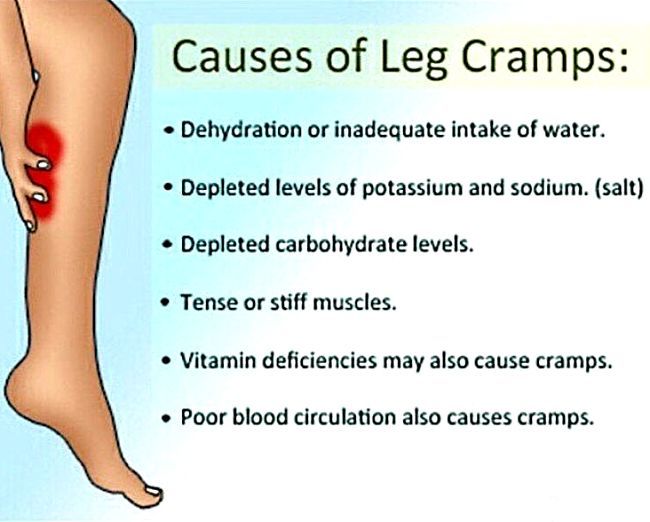 Keep your left knee bent as so you feel the stretch in your right calf muscle.
Keep your left knee bent as so you feel the stretch in your right calf muscle. - Hold for up to 30 seconds. Switch legs, if needed.
Staying hydrated
Drinking plenty of water during pregnancy is important to prevent dehydration — and dehydration can also lead to those awful leg cramps.
Try to drink 8 to 12 cups of water each day during pregnancy. Easier said than done, sure — but super important for a lot of good reasons.
Applying heat
Try applying heat to your cramping muscle. It may help loosen up the cramp. No need to buy a fancy heating pad: You can also use a microwave-safe cloth bag (or a sock) filled with rice.
Massaging the area
When you get a leg cramp, performing a self-massage may help ease your pain. Use one hand to gently massage your calf or wherever your leg is cramping. Perform this self-massage for 30 seconds to a minute to ease your cramp.
You can also get a prenatal massage, which can be a positively divine experience.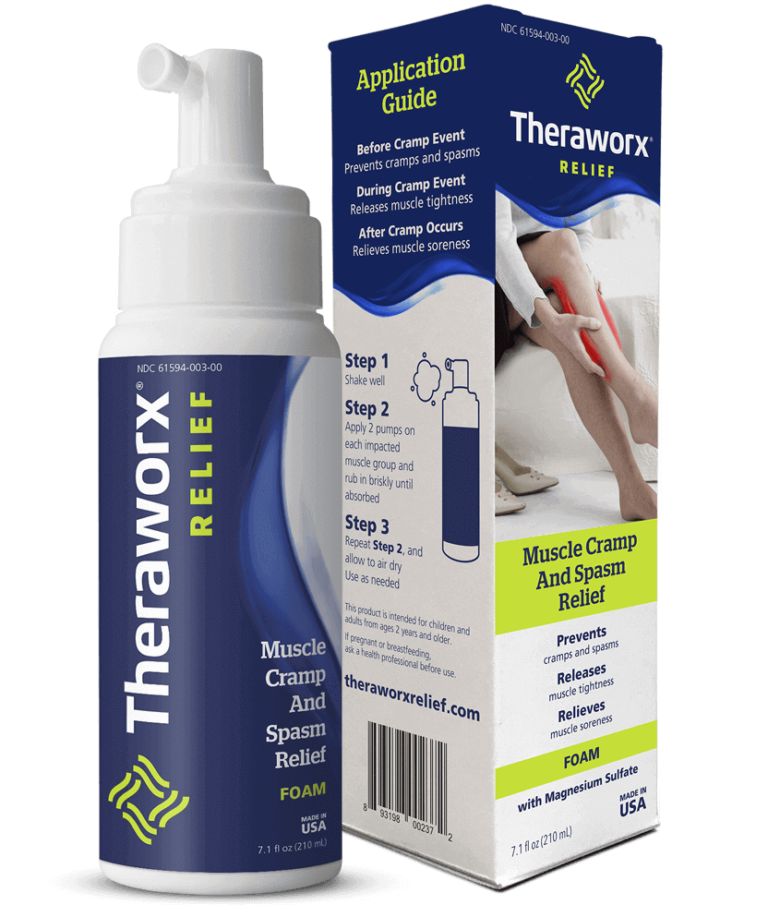 Look for an experienced therapist in your area who specializes in working with pregnant women.
Look for an experienced therapist in your area who specializes in working with pregnant women.
Exercising
It’s a smart idea to stay active throughout your pregnancy, even though you don’t want to overdo it.
With your doctor’s OK, pregnancy-safe activities like prenatal yoga, walking, and swimming can benefit you and your baby-to-be.
Staying active can prevent excess weight gain, promote circulation, and yes — help prevent leg cramps. Always stretch and warm up before and after exercising so your muscles don’t cramp up afterward, though.
Avoiding inactivity
So, perhaps you don’t have the time or energy for a challenging hike or run. That is more than OK — you need to listen to your body and know your limits, especially during pregnancy.
But sitting for long periods of time can lead to leg and muscle cramps. To avoid this, make sure you stand up and walk around every hour or two. Set a timer on your phone or watch if you tend to forget to get up during the day.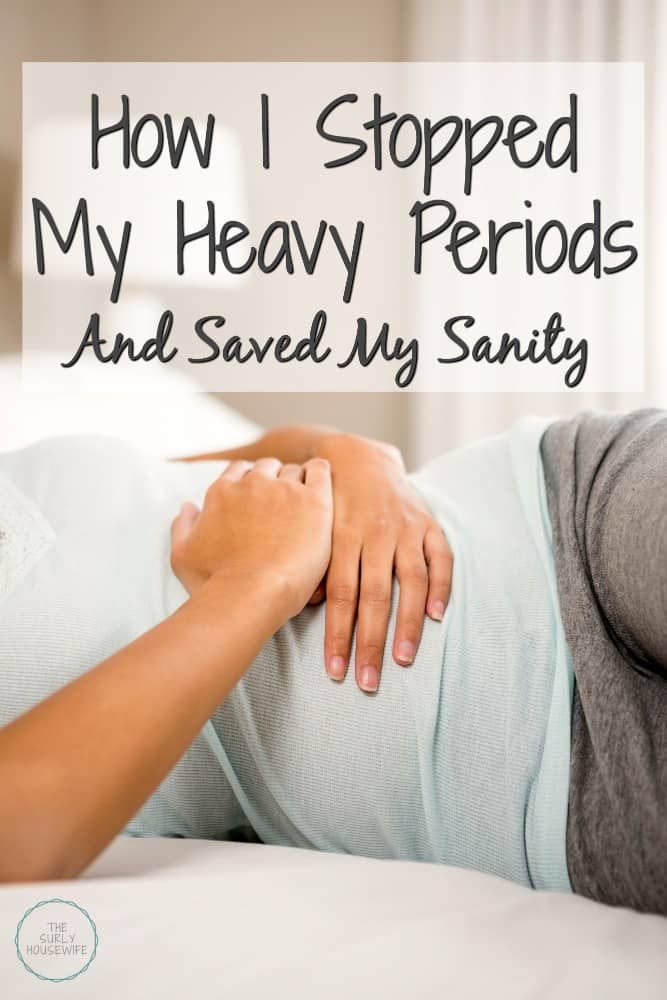
Leg cramps are a common pregnancy symptom. (That doesn’t make having them any easier, but hopefully it turns down the stress dial a bit.)
If you’re concerned about your pain or they’re causing too much lost shut-eye, mention it at your next prenatal checkup.
Also call your doctor and let them know if your leg cramps are severe, persistent, or worsening. You may need supplements or medication.
Seek medical help immediately if you experience severe swelling in one or both legs, pain walking, or enlarged veins. These may be symptoms of a blood clot.
The straight answer here is that there is no straight answer. (Great.)
Leg cramps are most common in the second and third trimester of pregnancy, not the first. But changing symptoms are a valid reason to wonder if you’re pregnant.
Some women do report aches and pains during the first trimester. This is likely due to your hormonal changes and your expanding uterus.
Leg cramps alone can’t tell you if you’re pregnant.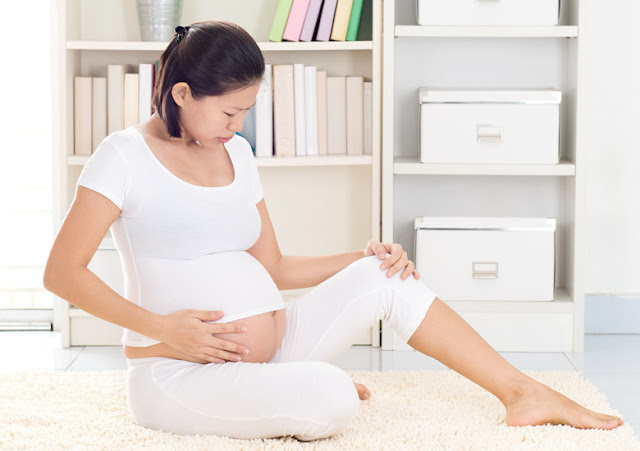 If you suspect you’re pregnant or miss your period, take an at-home pregnancy test or see your doctor to confirm.
If you suspect you’re pregnant or miss your period, take an at-home pregnancy test or see your doctor to confirm.
To prevent leg cramps, try the following:
- Drink between 8 and 12 cups of water per day.
- Stay active throughout your pregnancy.
- Stretch out your calf muscles.
- Wear comfortable shoes — leave the heels at home!
- Eat a balanced diet with calcium- and magnesium-rich foods like yogurt, leafy greens, whole grains, dried fruit, nuts, and seeds
Experiencing leg cramps during pregnancy isn’t pleasant. But it’s a common symptom, especially at night. Try our tips — we think they’ll help.
And as always, let your doctor know if you have any related worries. Never feel bad or self-conscious about phoning or emailing your clinic — helping you through a healthy pregnancy is the number one concern of OB doctors and nurses.
Treatment, Home Remedies, and Prevention
Pregnancy isn’t always a cakewalk. Sure, we hear how beautiful it is (and it is!), but your first months may have been filled with morning sickness and heartburn. And just when you think you’re out of the woods, leg cramps come along.
And just when you think you’re out of the woods, leg cramps come along.
Leg cramps are a common pregnancy symptom that usually occurs in the second and third trimester. In fact, nearly half of all pregnant women report muscle spasms by the third trimester.
You may experience these cramps mainly at night — just when you’d like to get the sleep you’re probably craving — and feel tightness in your calf, foot, or both areas. Some women also experience them after sitting in one position for an extended amount of time.
It may not be possible to entirely prevent leg cramps. But preventative and relief measures like stretching, staying active, and drinking plenty of water may help ease your symptoms and get your mind back on the true joys of pregnancy.
Let’s start by talking about what causes these cramps, because knowledge is power when it comes to getting relief.
Circulation changes
During pregnancy, circulation slows — this is totally normal and not a reason to worry.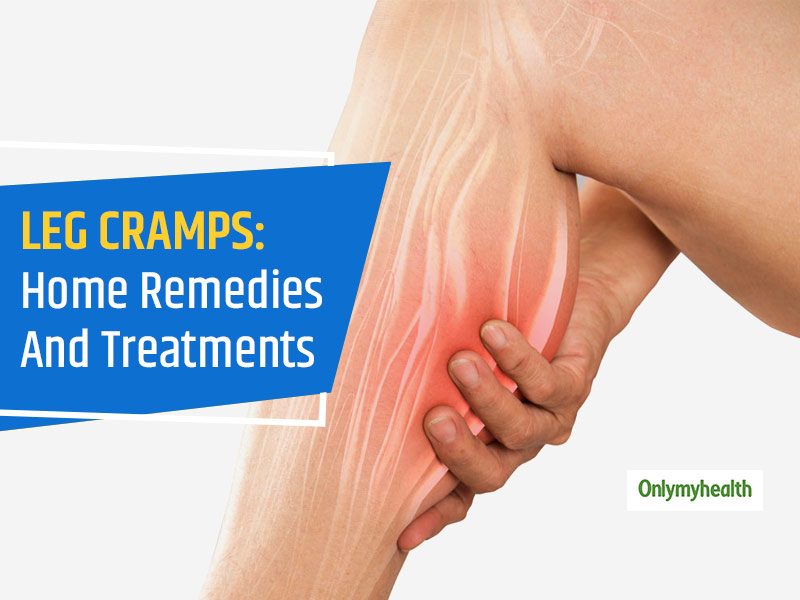 It’s due in part to overactive hormones. (You probably know by now that hormones are gifts that keep on giving for the whole 40 weeks — and beyond.)
It’s due in part to overactive hormones. (You probably know by now that hormones are gifts that keep on giving for the whole 40 weeks — and beyond.)
During later trimesters, your body also experiences an increase in blood volume, which also contributes to slow circulation. This can lead to swelling and cramping in your legs.
Tips for improving circulation while pregnant
- Try sleeping on your left side.
- Elevate your legs as often as possible — literally, find the time to put your feet up and relax if you can.
- At night, place a pillow under or between your legs.
- During the day, stand up and walk around every hour or two — especially if you have a job that keeps you at a desk all day.
Dehydration
Quick check: Are you drinking enough water?
During pregnancy, you’re ideally drinking 8 to 12 cups of water each day. Watch out for symptoms of dehydration, like dark yellow pee (it should be clear or nearly clear).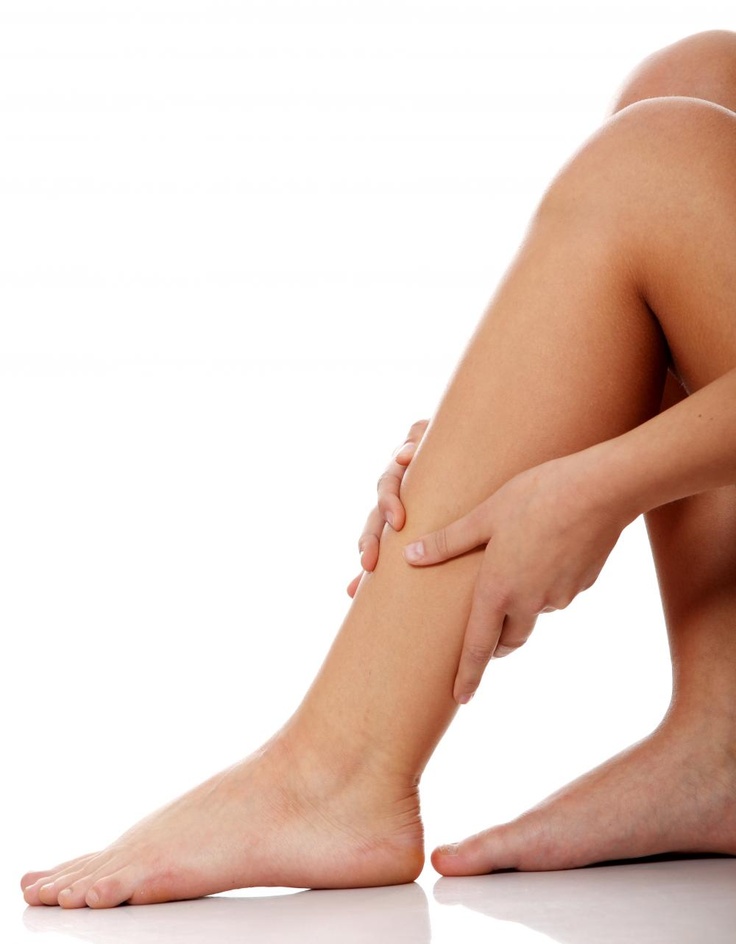
Dehydration can cause and worsen leg cramps. If you’re experiencing them, try upping your daily water intake.
Weight gain
The pressure from your growing baby can take a toll on your nerves and blood vessels, including the ones that go to your legs. This is why you’re more likely to experience leg cramps as your pregnancy progresses, especially in the third trimester.
Gaining a healthy amount of weight and staying active during your pregnancy may help prevent leg cramps. Talk to your healthcare provider if you’re concerned.
Fatigue
It’s the norm to feel tired during pregnancy — you’re growing a tiny human! — and this is especially true as you gain more weight in the second and third trimester. As your muscles get fatigued from the added pressure, too, it can lead to leg cramps.
Try drinking plenty of water, going for a walk during the day, and stretching before bed to prevent leg cramps due to muscle fatigue.
Calcium or magnesium deficiency
Having too little calcium or magnesium in your diet may contribute to leg cramps.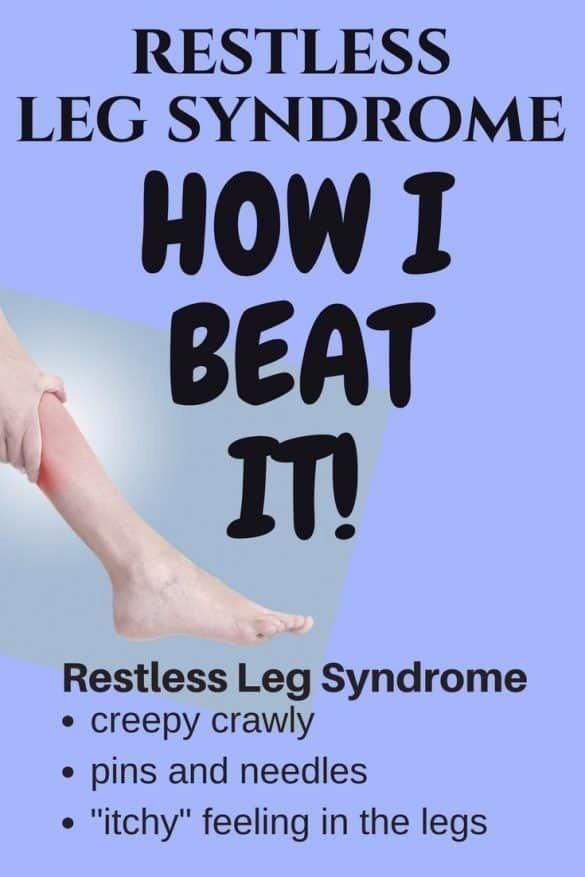
But if you already take a prenatal vitamin, you likely don’t need to take an additional supplement. A 2015 review of studies of 390 pregnant women found that taking magnesium or calcium supplements made little to no difference when it came to experiencing leg cramps.
If you’re concerned you aren’t getting enough of these nutrients, speak to your doctor. You’re probably getting labs done occasionally anyway, so it doesn’t hurt to have these levels checked.
DVT blood clot
A deep vein thrombosis (DVT) blood clot can occur in the legs, thigh, or pelvis. Pregnant women are 5 to 10 times more likely to develop a DVT than non-pregnant women. While there’s no need to panic that you’ll get one — it’s pretty uncommon to start with — we can’t say enough that knowledge is power.
Bottom line: Keep moving. We’re not talking marathons here, but the best way to prevent DVT during pregnancy is to avoid hours at a time of inactivity.
If your job requires a lot of sitting, you could set a quiet alarm on your phone to go off every hour to remind you to get up and walk — perhaps to the water cooler to add to your water intake for the day! Two birds, one stone.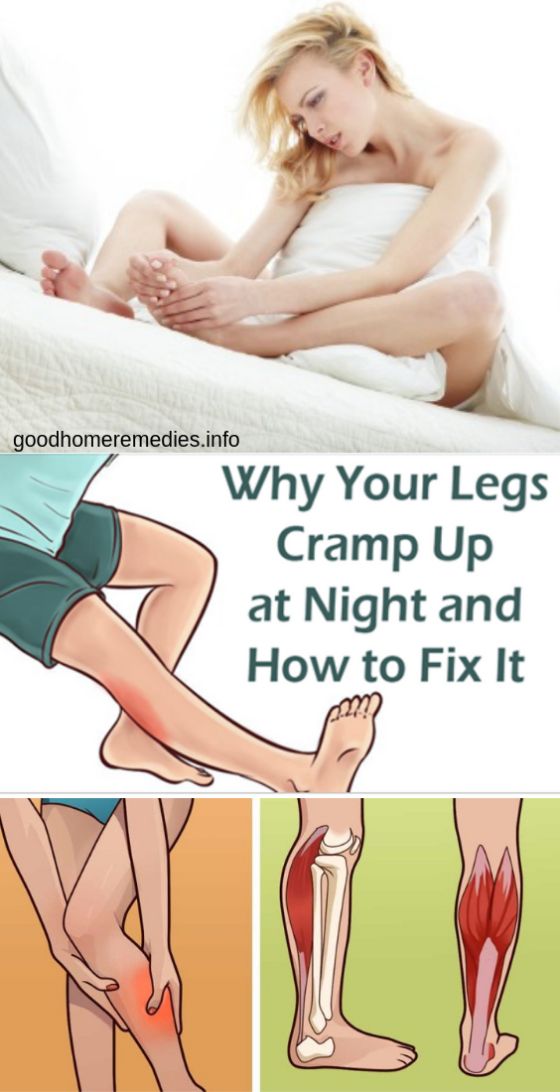
Also take extra care to get up during long flights. You may want to check with your doctor before flying while pregnant.
Symptoms of a blood clot are similar to leg cramps, but a DVT blood clot is a medical emergency. Seek medical care right away if you experience symptoms like:
- a lot of pain in your legs when you’re standing or moving around
- severe swelling
- warm-to-the-touch skin near the affected area
Stretching before bed
Performing a calf stretch before getting into bed at night may help prevent or ease leg cramps. Follow these steps:
- Stand facing a wall, an arm’s length away.
- Place your hands on the wall in front of you.
- Step your right foot back. Keep your heels on the floor the whole time and bend your left knee while keeping your right leg straight. Keep your left knee bent as so you feel the stretch in your right calf muscle.
- Hold for up to 30 seconds. Switch legs, if needed.
Staying hydrated
Drinking plenty of water during pregnancy is important to prevent dehydration — and dehydration can also lead to those awful leg cramps.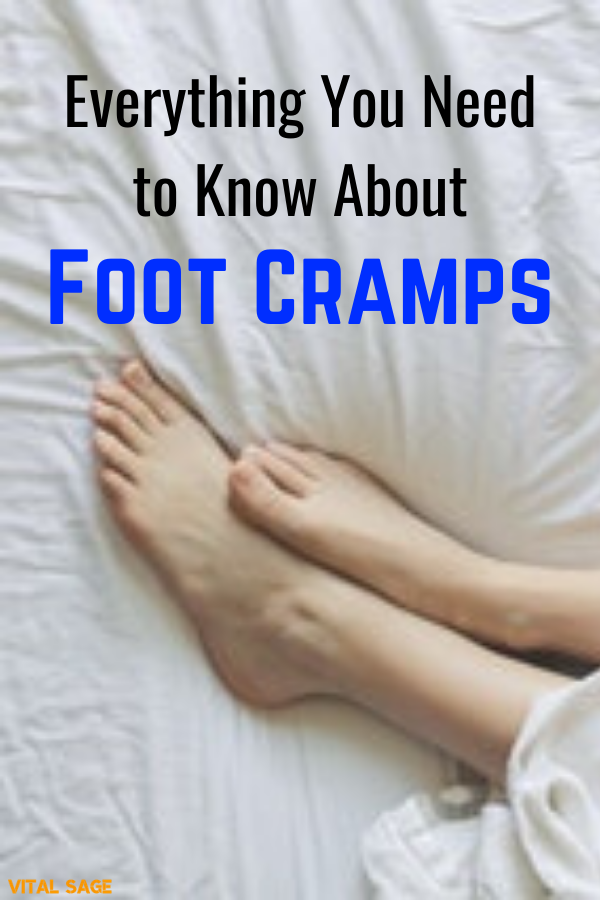
Try to drink 8 to 12 cups of water each day during pregnancy. Easier said than done, sure — but super important for a lot of good reasons.
Applying heat
Try applying heat to your cramping muscle. It may help loosen up the cramp. No need to buy a fancy heating pad: You can also use a microwave-safe cloth bag (or a sock) filled with rice.
Massaging the area
When you get a leg cramp, performing a self-massage may help ease your pain. Use one hand to gently massage your calf or wherever your leg is cramping. Perform this self-massage for 30 seconds to a minute to ease your cramp.
You can also get a prenatal massage, which can be a positively divine experience. Look for an experienced therapist in your area who specializes in working with pregnant women.
Exercising
It’s a smart idea to stay active throughout your pregnancy, even though you don’t want to overdo it.
With your doctor’s OK, pregnancy-safe activities like prenatal yoga, walking, and swimming can benefit you and your baby-to-be.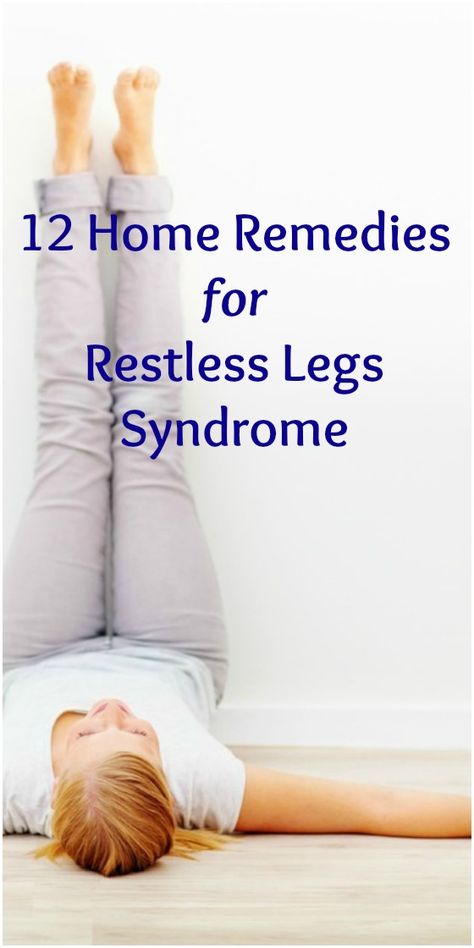
Staying active can prevent excess weight gain, promote circulation, and yes — help prevent leg cramps. Always stretch and warm up before and after exercising so your muscles don’t cramp up afterward, though.
Avoiding inactivity
So, perhaps you don’t have the time or energy for a challenging hike or run. That is more than OK — you need to listen to your body and know your limits, especially during pregnancy.
But sitting for long periods of time can lead to leg and muscle cramps. To avoid this, make sure you stand up and walk around every hour or two. Set a timer on your phone or watch if you tend to forget to get up during the day.
Leg cramps are a common pregnancy symptom. (That doesn’t make having them any easier, but hopefully it turns down the stress dial a bit.)
If you’re concerned about your pain or they’re causing too much lost shut-eye, mention it at your next prenatal checkup.
Also call your doctor and let them know if your leg cramps are severe, persistent, or worsening.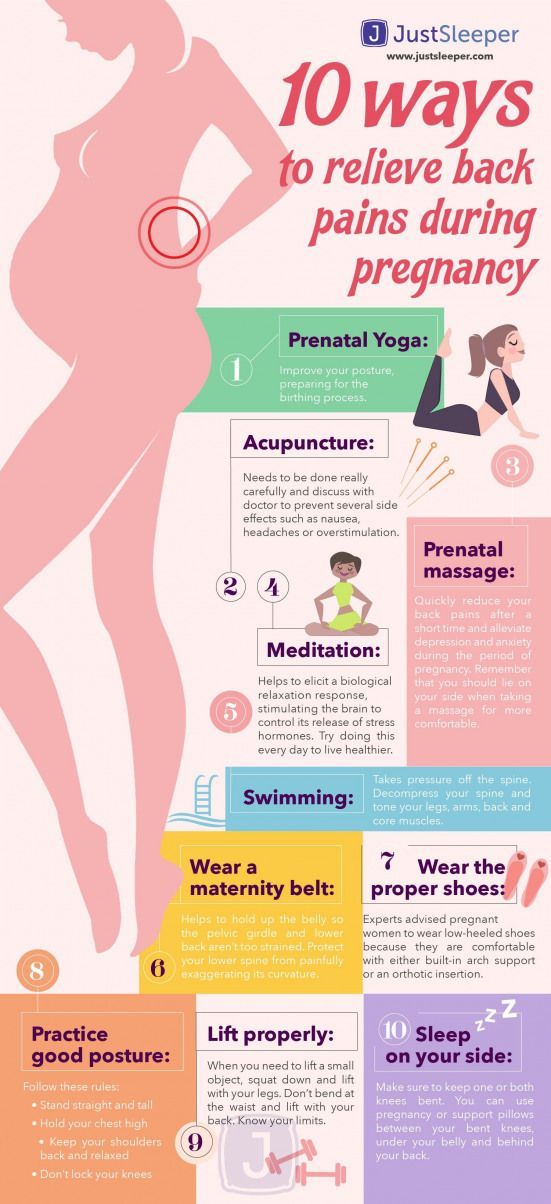 You may need supplements or medication.
You may need supplements or medication.
Seek medical help immediately if you experience severe swelling in one or both legs, pain walking, or enlarged veins. These may be symptoms of a blood clot.
The straight answer here is that there is no straight answer. (Great.)
Leg cramps are most common in the second and third trimester of pregnancy, not the first. But changing symptoms are a valid reason to wonder if you’re pregnant.
Some women do report aches and pains during the first trimester. This is likely due to your hormonal changes and your expanding uterus.
Leg cramps alone can’t tell you if you’re pregnant. If you suspect you’re pregnant or miss your period, take an at-home pregnancy test or see your doctor to confirm.
To prevent leg cramps, try the following:
- Drink between 8 and 12 cups of water per day.
- Stay active throughout your pregnancy.
- Stretch out your calf muscles.
- Wear comfortable shoes — leave the heels at home!
- Eat a balanced diet with calcium- and magnesium-rich foods like yogurt, leafy greens, whole grains, dried fruit, nuts, and seeds
Experiencing leg cramps during pregnancy isn’t pleasant.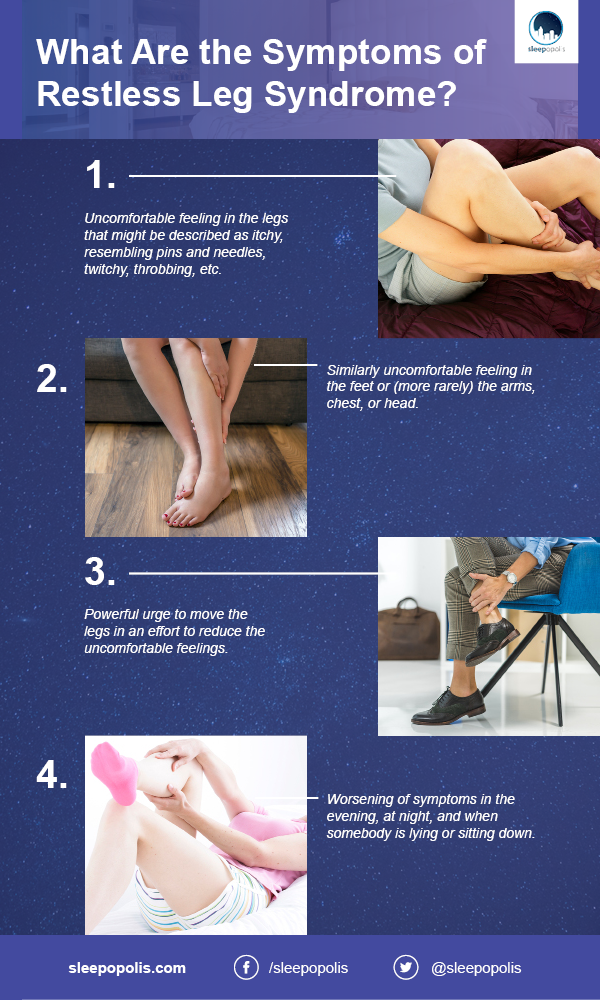 But it’s a common symptom, especially at night. Try our tips — we think they’ll help.
But it’s a common symptom, especially at night. Try our tips — we think they’ll help.
And as always, let your doctor know if you have any related worries. Never feel bad or self-conscious about phoning or emailing your clinic — helping you through a healthy pregnancy is the number one concern of OB doctors and nurses.
Interventions for leg cramps during pregnancy
What is the problem?
Leg cramps manifest themselves as sudden, intense involuntary contractions of the leg muscles. This is a common problem during pregnancy, especially in the third trimester. They are painful and can interfere with daily activities, disrupt sleep, and reduce quality of life. Various types of interventions are used to treat leg cramps during pregnancy, including medications, electrolytes (magnesium, calcium, sodium) and vitamins, as well as non-drug therapies such as muscle stretching.
Why is this important?
The aim of this review was to find out which treatment for leg cramps during pregnancy is effective and safe.
What evidence did we find?
In September 2019, we searched for evidence and identified eight randomized controlled trials in 576 women 14 to 36 weeks pregnant comparing magnesium, calcium, calcium with vitamin D or B vitamins versus placebo or no treatment, and compared vitamin C with calcium. All drugs were given as tablets to chew or swallow.
Magnesium supplements may reduce the incidence of leg cramps in women compared with placebo or no treatment, although studies have not been consistent. Different studies have assessed the effect of magnesium supplementation differently. Some studies have shown magnesium to help reduce the incidence of leg cramps, while others have shown little or no effect. Data on the effect of magnesium on pain reduction was also inconclusive, with only one study showing a reduction in pain intensity, while others showed no difference.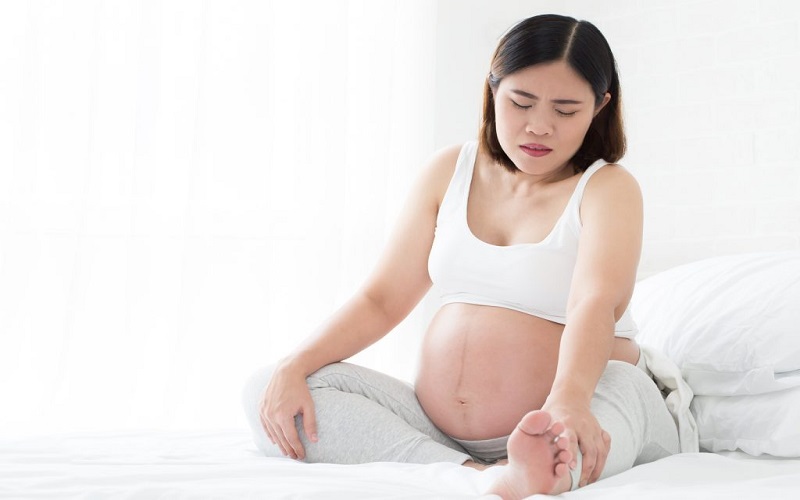 Differences in the occurrence of side effects such as nausea and diarrhea were negligible or non-existent.
Differences in the occurrence of side effects such as nausea and diarrhea were negligible or non-existent.
Calcium did not always reduce the incidence of leg cramps in women after treatment compared to those who did not receive any treatment. It also found that the evidence was of very low quality, so we cannot be sure of the results.
More women who received B-vitamin supplements made a full recovery compared to those who received no treatment; however, these results were based on a small sample size and the study had design limitations.
Frequency of leg cramps did not differ between women receiving calcium and women receiving vitamin C. with placebo.
What does this mean?
The quality of the evidence was low to very low. This was mainly due to small study sample sizes and study design weaknesses. Four studies were well-conducted and presented their reports. The remaining four had flaws in their design: in several studies, women were not best assigned to different treatment groups, and in two studies, women knew whether they were receiving treatment or not.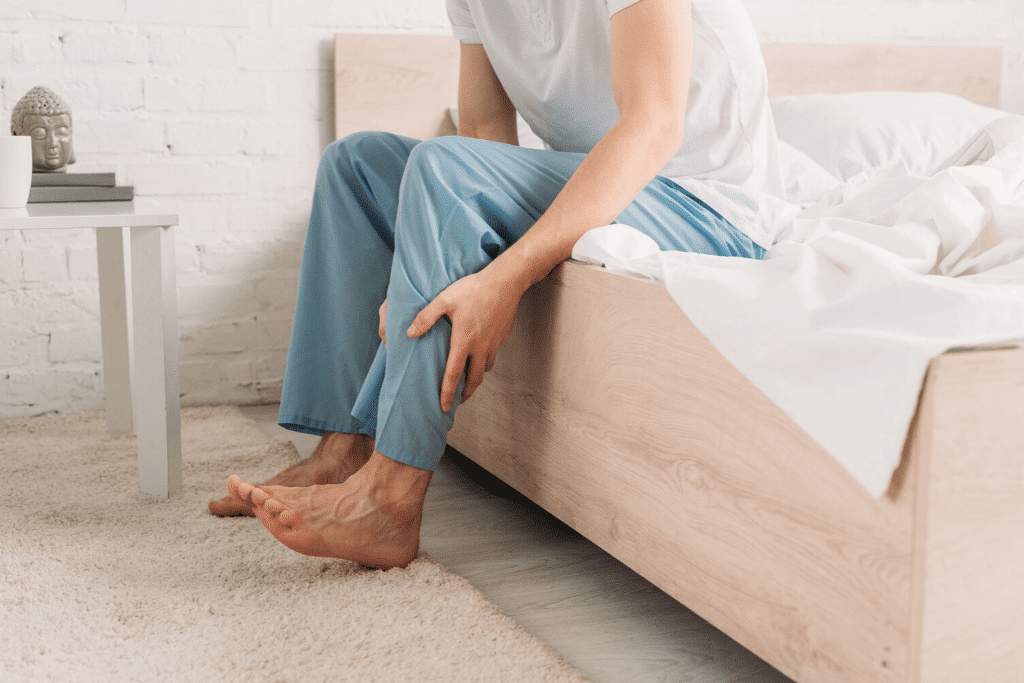 Adverse effects, such as the effect of treatment on complications of pregnancy, childbirth and child, were not reported. Several studies have focused primarily on serum calcium and magnesium levels. The frequency and intensity of seizures and duration of pain were not uniformly reported, and there was often no information on whether they were assessed during treatment, at the end of treatment, or after treatment was discontinued.
Adverse effects, such as the effect of treatment on complications of pregnancy, childbirth and child, were not reported. Several studies have focused primarily on serum calcium and magnesium levels. The frequency and intensity of seizures and duration of pain were not uniformly reported, and there was often no information on whether they were assessed during treatment, at the end of treatment, or after treatment was discontinued.
It is not clear from the evidence reviewed whether any oral interventions (magnesium, calcium, calcium with vitamin D, B vitamins, vitamin D, or vitamin C) are an effective and safe treatment for leg cramps during pregnancy. Supplements can have different effects depending on how women usually take them. None of the trials looked at forms of treatment such as muscle stretching, massage, relaxation, or heat therapy.
Translation notes:
Translation: Luzan Maria Alexandrovna. Editing: Yudina Ekaterina Viktorovna. Russian translation project coordination: Cochrane Russia - Cochrane Russia, Cochrane Geographic Group Associated to Cochrane Nordic. For questions related to this transfer, please contact us at: [email protected]
Reduces legs during pregnancy: what to do?
Pregnancy is a time of waiting and doubts. Probably, women never have so many questions. Why does it bring her legs together so often? What to do if you wake up with cramps at night? How to deal with this scourge and avoid bouts of pain in the legs? We are looking for answers to these and other questions.
What are seizures?
Legs cramps not only during pregnancy, from time to time every person faces unpleasant painful cramps. A cramp is a sudden, uncontrollable muscle contraction that a person cannot relax. This condition can be caused by neurological disorders (for example, seizures are characteristic of epilepsy), a number of diseases (such as diabetes mellitus, osteochondrosis, and others), and can also be associated with physiological conditions. After all, convulsions occur, for example, after a strong overload, dehydration, hypothermia, etc. Sometimes cramps cause severe sharp pain. Sometimes it seems that the legs are pulling. During pregnancy, this condition, unfortunately, is noted quite regularly.
Why do pregnant women cramp their legs?
The mechanism of muscle contraction is quite complex, it involves different ions (charged particles): potassium, calcium, sodium and magnesium. If we are talking about a cramp, that is, a condition when we cannot relax a muscle, then magnesium ions play a leading role here. It is their lack that leads to the fact that women cramp their calves during pregnancy at night.
The lack of minerals in the body of the expectant mother is simply explained: such consequences are the restructuring of metabolism and functioning in the "double load" mode. In particular, the expectant mother needs one and a half times more magnesium than usual.
In addition to helping muscles relax, magnesium is also involved in a number of important physiological processes.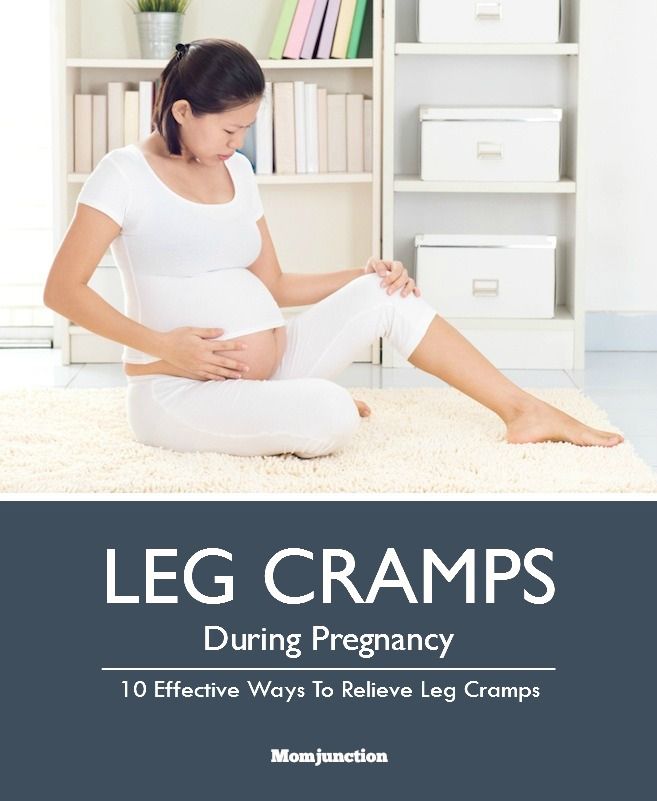 In particular, magnesium is needed to regulate the processes of formation and expenditure of energy, it is involved in several hundred enzymatic reactions, and if there is little magnesium, then disturbances can occur in the work of almost any body system. Therefore, if magnesium preparations are prescribed during pregnancy, this recommendation should not be ignored.
In particular, magnesium is needed to regulate the processes of formation and expenditure of energy, it is involved in several hundred enzymatic reactions, and if there is little magnesium, then disturbances can occur in the work of almost any body system. Therefore, if magnesium preparations are prescribed during pregnancy, this recommendation should not be ignored.
Why do pregnant women cramp their legs at night?
The answer to this question is very simple. The fact is that during the day the body of the expectant mother bears an increased load. And the longer the gestation period, the greater this load. Violation of blood circulation, increased stress on the muscles - all this can cause night cramps.
What should I do if my legs cramp during pregnancy?
To begin with, tell the doctor you are seeing about this. The magnesium preparations already mentioned, which he most likely recommends to you, can help solve the problem.
However, the reason that the expectant mother cramps her legs during pregnancy may be not only a metabolic disorder.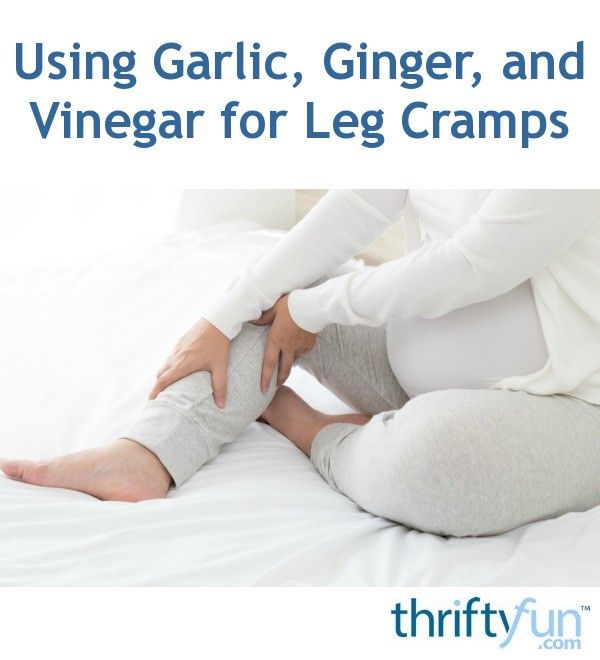 Often muscle spasms begin as a result of varicose veins - the "faithful" companion of pregnancy. The veins of a woman carrying a baby are subject to increased stress. In addition, hormonal changes in the body seriously affect the state of blood vessels. All this contributes to the development of varicose veins. And a violation of the blood supply to the muscles of the legs, in turn, leads to convulsions.
Often muscle spasms begin as a result of varicose veins - the "faithful" companion of pregnancy. The veins of a woman carrying a baby are subject to increased stress. In addition, hormonal changes in the body seriously affect the state of blood vessels. All this contributes to the development of varicose veins. And a violation of the blood supply to the muscles of the legs, in turn, leads to convulsions.
If the expectant mother is faced with varicose veins, then the best prevention of its progression is to wear compression stockings selected by the doctor in accordance with the gestational age. You also need to give birth in stockings, so that during a particularly intense load on the veins to avoid worsening their condition.
It is important to remember that any discomfort in the well-being of a pregnant woman must be discussed with the doctor who is seeing the expectant mother. Even if the legs cramp infrequently, what to do during pregnancy should be determined by a specialist.